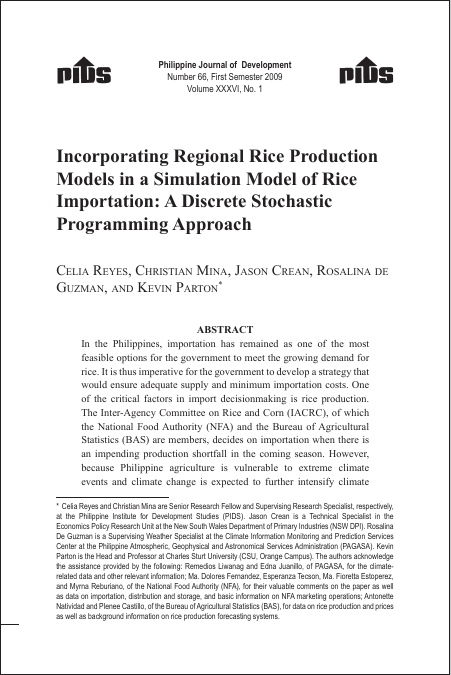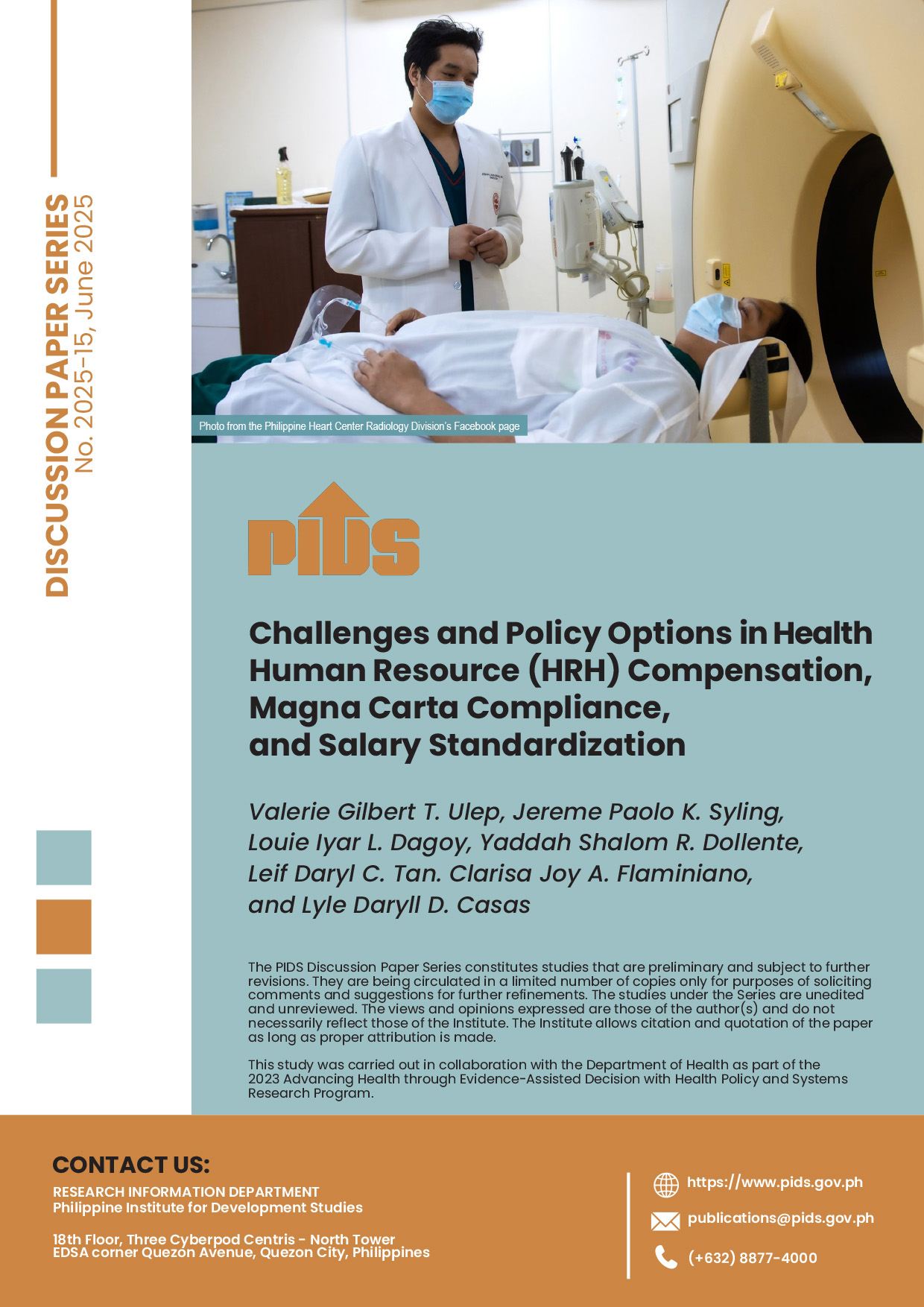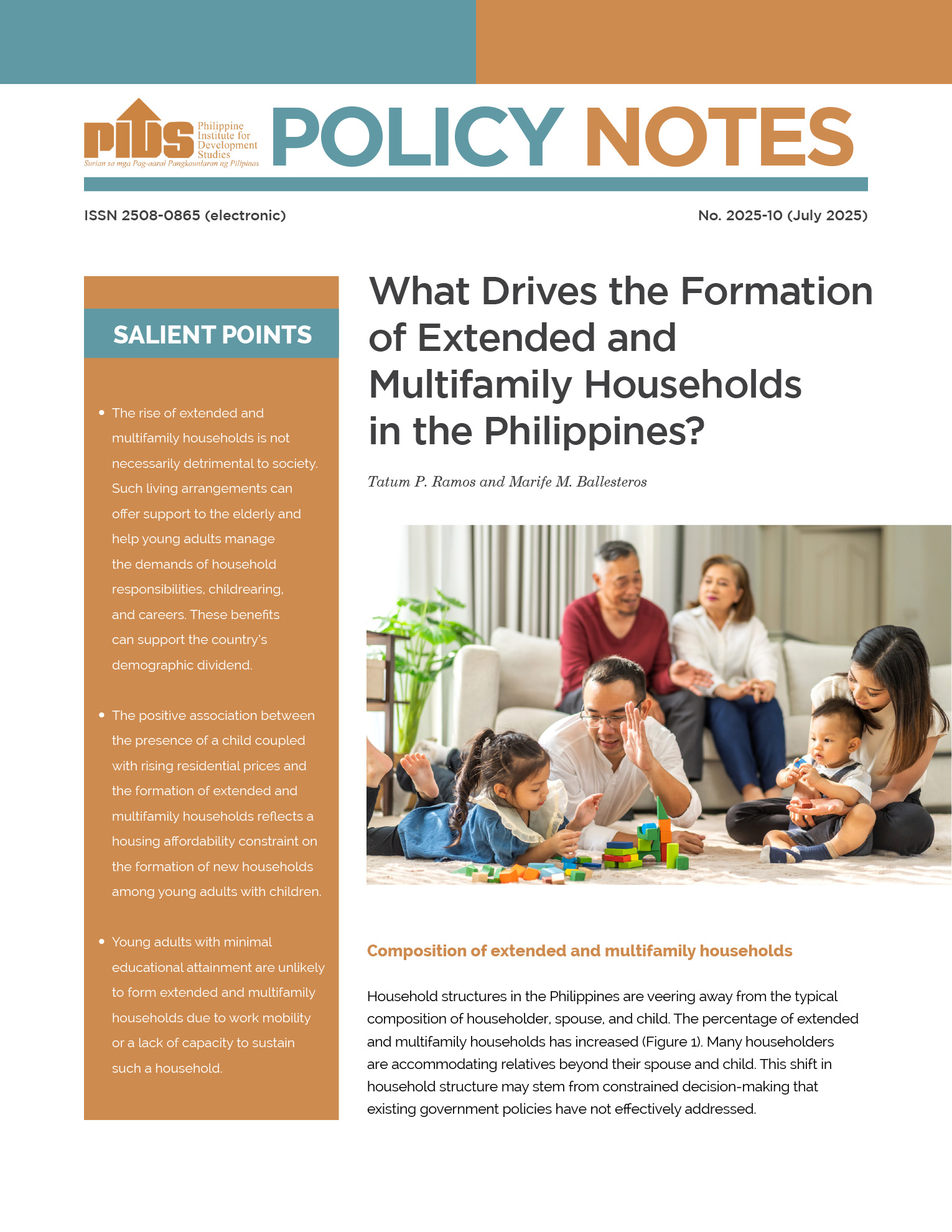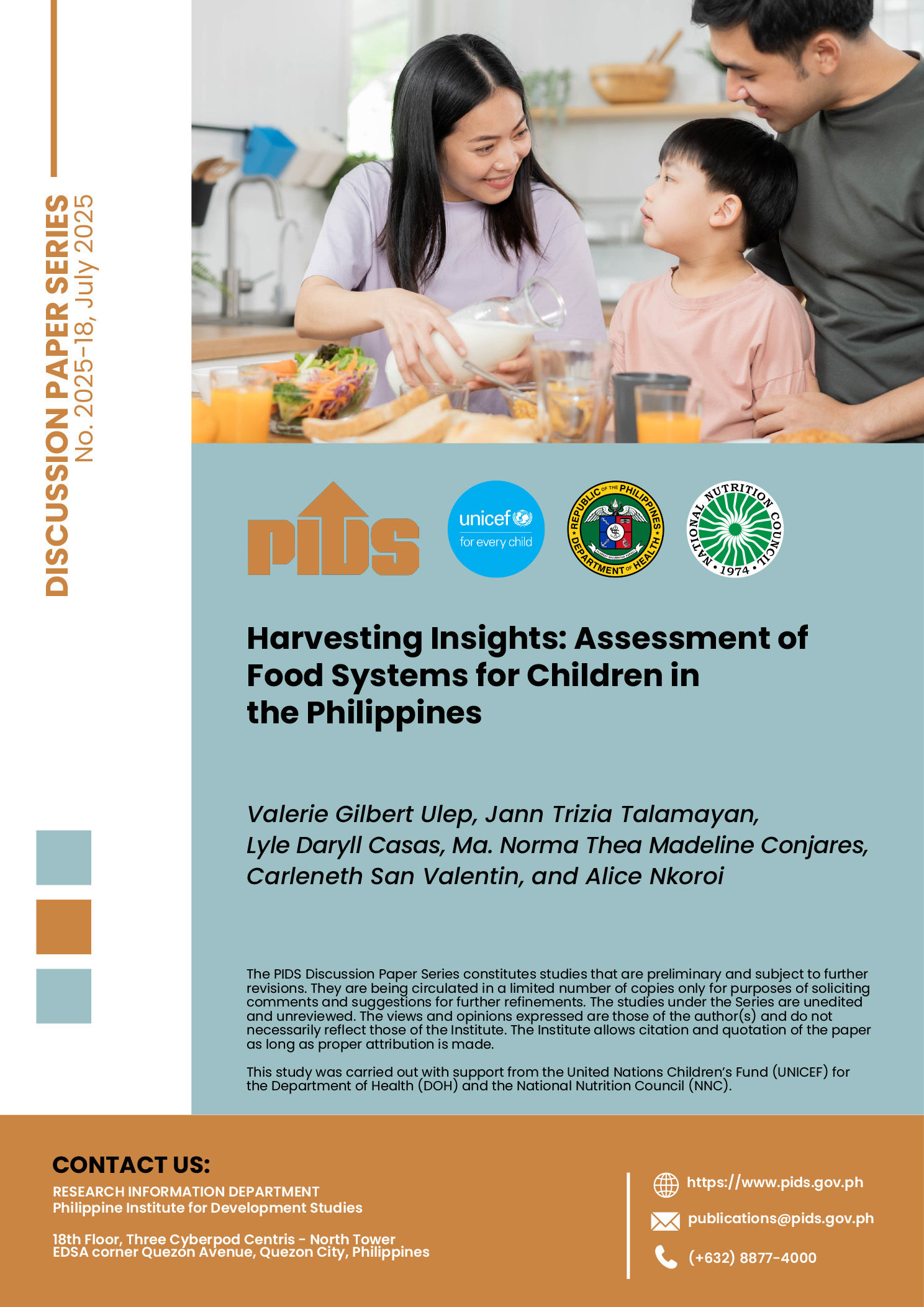In the Philippines, importation has remained as one of the most feasible options for the government to meet the growing demand for rice. It is thus imperative for the government to develop a strategy that would ensure adequate supply and minimum importation costs. One of the critical factors in import decisionmaking is rice production. The Inter-Agency Committee on Rice and Corn (IACRC), of which the National Food Authority (NFA) and the Bureau of Agricultural Statistics (BAS) are members, decides on importation when there is an impending production shortfall in the coming season. However, because Philippine agriculture is vulnerable to extreme climate events and climate change is expected to further intensify climate variability, rice production forecast is becoming more uncertain. Inaccurate production forecasts could lead to incorrect volume and ill-timing of rice imports, which in turn, could result in either a waste of resources for the government or a burden to consumers. Contraction of rice imports in the early 1990s and over-importation in 1998 illustrate how inaccurate forecasts of the volume and timing of rice importation, especially during El Nino and La Nina years, could result in substantial economic costs. This paper evaluates the significance of seasonal climate forecast (SCF) in rice policy decisions of the government, particularly on importation. It presents an alternative method of forecasting the level of rice production through regional rice production models. The rice production models systematically incorporate SCF and could be used in support of the current practice of forecasting rice production based on planting intentions. The paper also demonstrates how SCF, together with these production estimates, could be incorporated in the rice import decisions of the government through the Rice Importation Simulation (RIS) model, which was developed using a Discrete Stochastic Programming (DSP) modeling approach. The RIS model, which recommends a set of optimal rice import strategies, could serve as guide for the government in its rice import decisions in the face of seasonal climate variability and could be used in estimating the potential value of SCF.













